Introduction
The International Friendship Exhibition (국제친선전람관) also known as the International Friendship Gift House, is one of the most iconic and must see sights of North Korea. The exhibition was first opened on August 26 1978 and holds over 250,000 gifts presented to either Kim Il Sung, Kim Jong Suk (Kim Il Sung’s first wife), Kim Jong Il and current DPRK leader Kim Jong Un from individuals, governments and institutions from 178 countries around the globe including the United States and Japan.
It is said by Kim Il Sung that these gifts presented are not just for an individual, but a gift for the entire North Korean population which was why this exhibition was built and opened to the public for viewing. The gift giving protocol is deep within the Korean culture and considered incredibly important when creating new friendships.
The exhibition is closed on Sundays and national holidays and is only able to visit during the morning. It can take on average around 2 to 3 hours to explore exhibition but visiting each room will take up to weeks.
International Friendship Exhibition location
The International Friendship Exhibition is located within the Mt. Myohyang range in North Pyongan province. It’s 150km northeast of Pyongyang – about a two hour drive by bus. Located near the exhibition is the North Korean five-star Hyangsan Hotel, Pohyon Buddhist Temple, and Hyangsan county. Mount Myohyang is one of the most beautiful places in all of North Korea, and is one of the holy mountains of the DPRK.
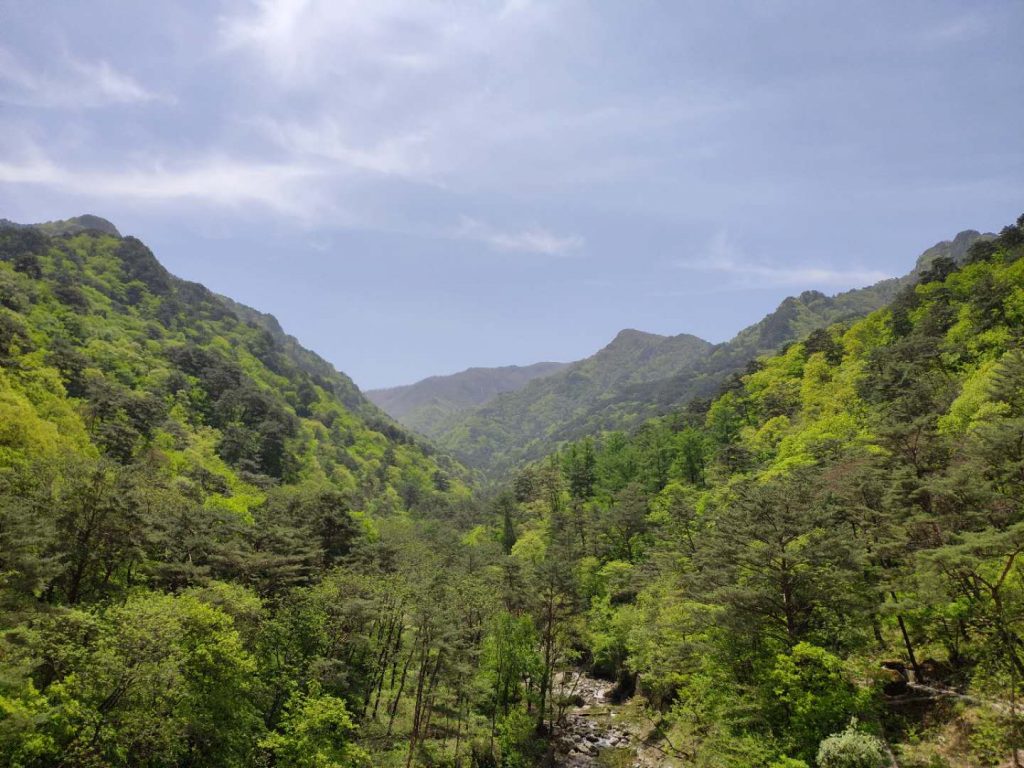
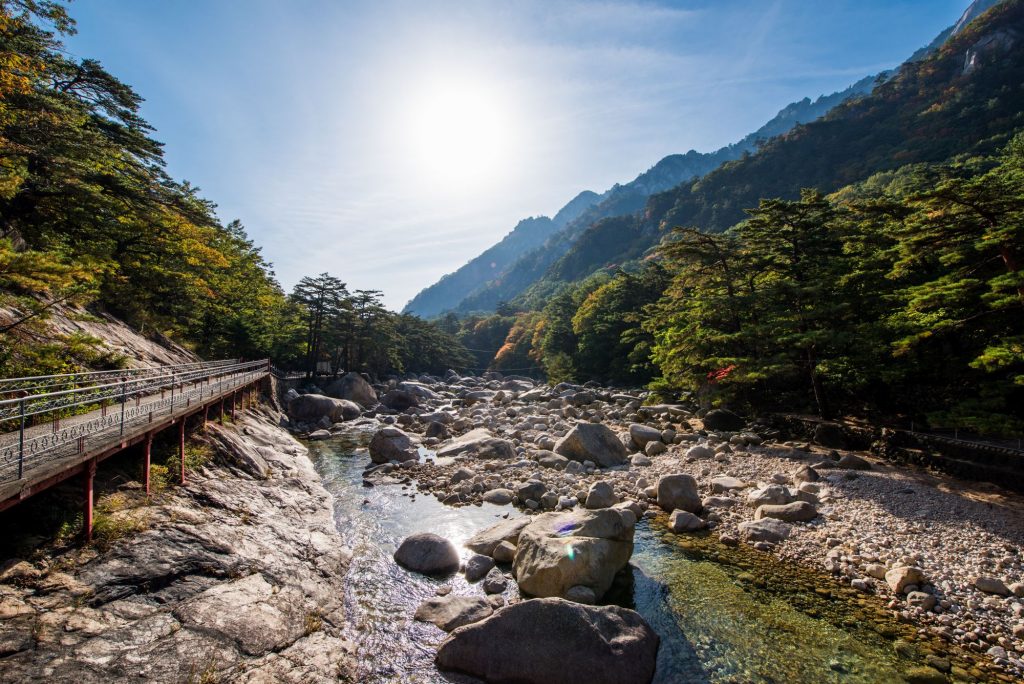
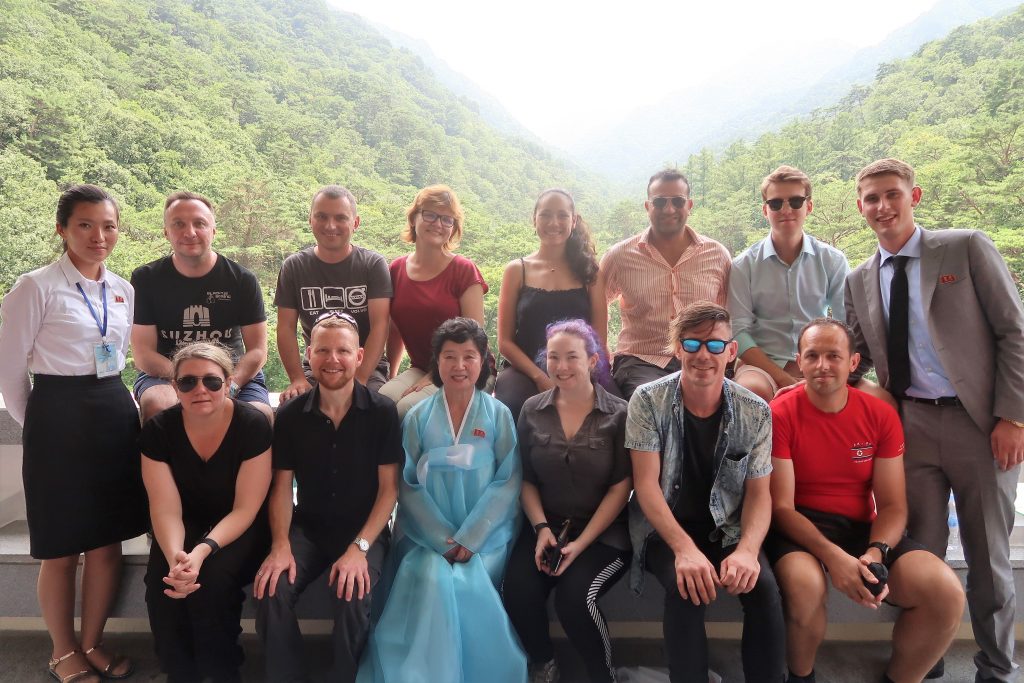
The layout
The International Friendship Exhibition is split into two separate buildings. The entrance of both gift exhibitions is located a kilometre away from each other, separated by immaculate gardens and natural landscape. One exhibition hall is dedicated to Kim Il Sung, the founding leader of North Korea. The other is dedicated to his son, Kim Jong Il who lead the country from 1994 to 2011. Numerous renovations since 2013 have been made to both exhibition halls to include rooms dedicated to Kim Jong Un. Kim Jong Suk’s gifts are presented in Kim Il Sung’s exhibition hall.
There are over 150 rooms on six different floors covering a total floor space of 70,000 square meters (753,473 square feet). The gifts have been categorised into geographical regions such as Africa, Europe, Oceania, Asia and Americas, and then further down into the name of the country located within the specific region alphabetically. Each room is numbered as tall long hallways lead from one room to another. There are over 10 long hallways covering both exhibitions and stretching as far as 300 meters in length.
There is an observation balcony located on the top floor of Kim Il Sung’s exhibition with spectacular views of the Mt. Myohyang valley. During the rainy season the rapids can put on quite a show. Here you’re able to take a break, drink tea or coffee and sign the guestbook to record your visit. You are able to leave a comment which is then translated into Korean by your local guide.
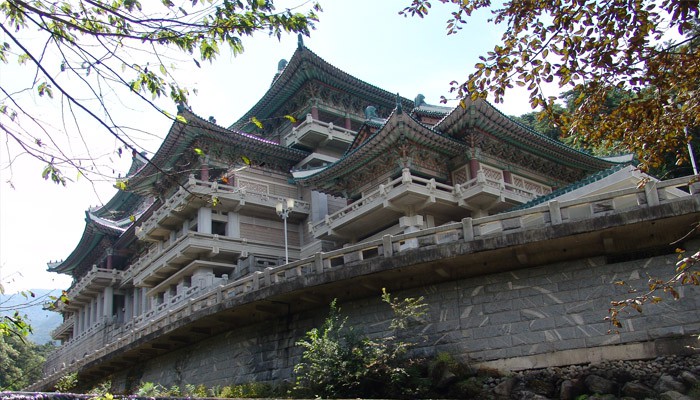
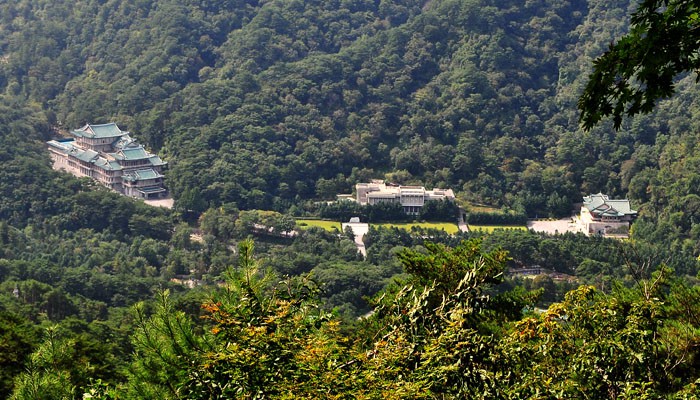
Gifts of the International Friendship Exhibition
Once arriving at the International Friendship Exhibition, the local guide will ask which country the visiting guests are from to ensure the gifts presented by your nation is shown to you during your visit. Each gift presented has its own bronze plaque with the item of the gift described, the serial number for local records, as well as who was the presenter (the name of the individual, the organisation or government), which leader received the gift, and the date the gift was given.
The majority of gifts are presented on cabinet or shelf both protected by glass, with larger gifts being presented behind a red velvet rope. Some of the larger gifts require their own room such as a train carriage donated each by Mao Zedong from China and by Stalin from the USSR to Kim Il Sung. There is a soviet built Ilyushin Il-14 propeller plane on display within a room designed to look like a hangar at an airport. As well as a collection of bullet proof cars gifted by the Soviets. Lounge room sets with conference tables for up to 54 people carved directly out of hundred year old aged wood gifted to Kim Jong Il and also a large rug woven to present Kim Jong Un’s face gift by the Mongolians.
Other gifts worth mentioning are pistols from Fidel Castro, a Siberian bear rug from Vladimir Putin, a silver sword from Yasser Arafat, cutlery from Pol Pot, a basketball signed by Michael Jordan presented by former Secretary of State Madeleine Albright, a VHS copy of the 90s hit Space Jam, a stuffed crocodile standing upright holding a tray serving drinks by Nicaragua, a calligraphy scroll over 30 meters long from a Chinese organisation, a book about gardening from Australia, an airline pen from Singapore, and a BBQ set from a Russian individual.
Young Pioneer Tours presented a fine bone China tea set to Kim Jong Un on the occasion of the 60th anniversary of the National Tourism Association marking 60 years of tourism in the DPRK.
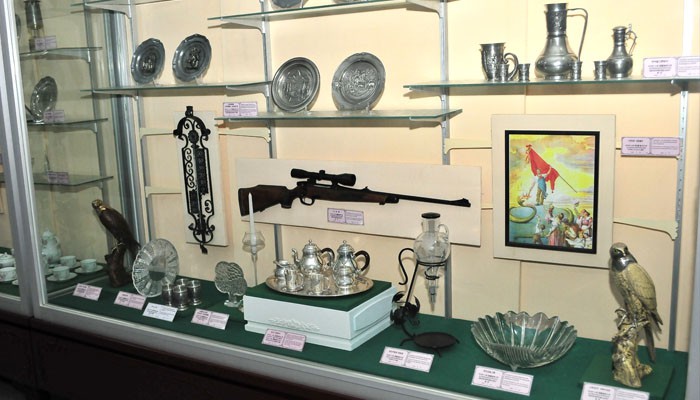
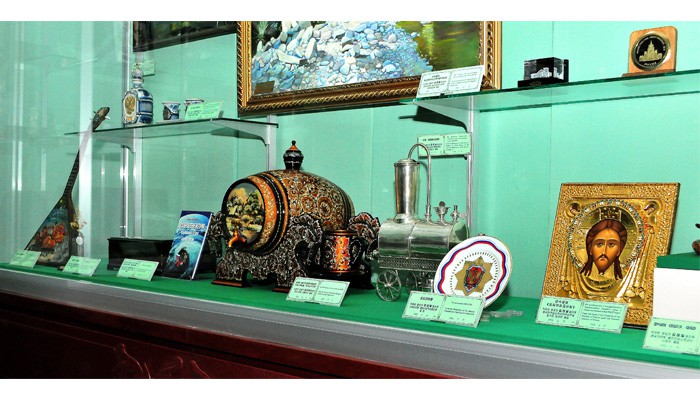
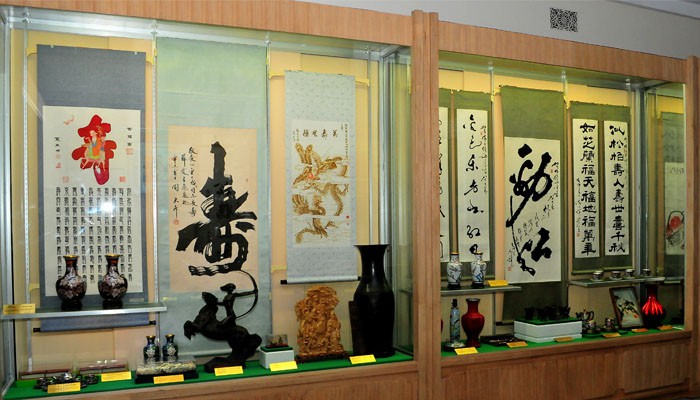
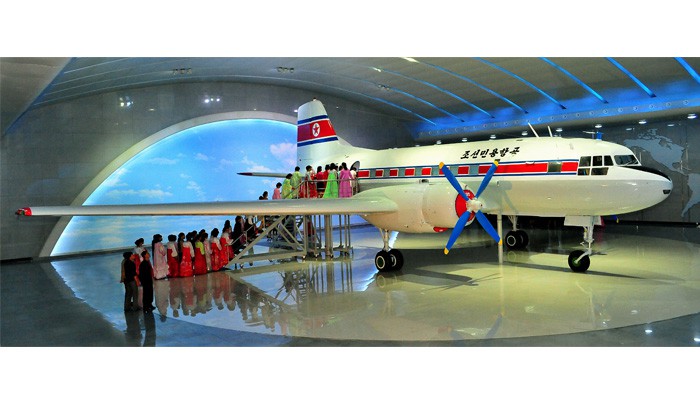
Regulations for visiting the International Friendship Exhibition
Much like the Mansudae Grand Statues, smart clothing is encouraged when visiting the exhibition. Long trousers for men with enclosed shoes. Sneakers, travel or hiking boots are permitted as long as they’re clean. For women it is required to wear long trousers, skirt or dress that pass the knees. Open toe shoes are permitted. Flip flops or sandals are strictly forbidden.
There are lifelike wax figures gifted by the Chinese of Kim Il Sung, Kim Jong Il and Kim Jong Suk which tourists may visit. However, visiting these rooms will require tourists to make a single bow at each wax figure out of a sign of respect according to local Korean customs. If you are travelling with a group and wish not to bow you may remain in the waiting hall and wait for the group to return – it is rather brief. If you are travelling on an independent tour you may request not to visit the room.
It is required to check-in your backpacks and camera bags to the cloak room located at each of the entrances of the two halls. You may collect them on your way out. Smoking is not allowed. Photography inside the exhibition is not allowed, however, photos on the observation balcony is permitted. The local staff will arrange your cameras and phones to the balcony if you wish to take photos of the scenery from above.





